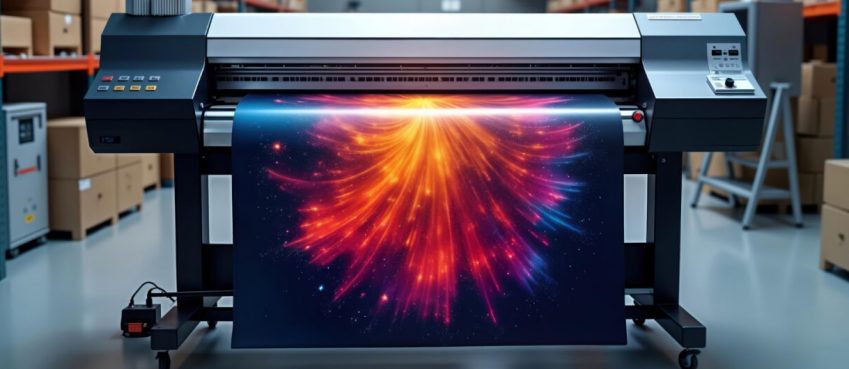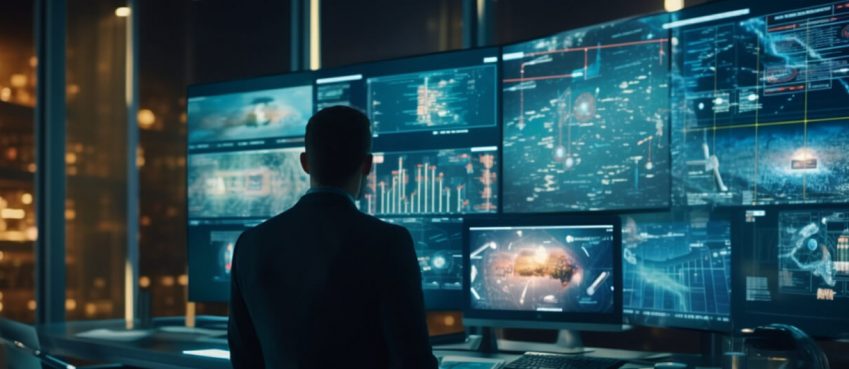
The raging debate between robots and CNC machines is still a gray area. This is mainly because modern robotics has become relatively autonomous. While Computer Numerical Control machining is more versatile, there is still very little difference between collaborative robots and modern three-dimensional utility robots.
So what is CNC machining? And how does it supersede the limits of manual control?
What is CNC Machining?
CNC refers to a manufacturing process that controls the movement of tools and machinery. This system integrates various factory tools, from drilling equipment, cutting tools, and other complex machinery. What makes CNC machining unique is its sophisticated software and programming, factors that give it a more precise and efficient end product.
CNC Machining operation
A CNC robot arm is primarily pre-programmed to perform specific tasks. It includes a flawless series of programming and code that allows a machine to cut in several angles. These dimensional tasks performed by a series of inputs that enable this system to perform many tasks simultaneously.
The programs and code that you input in a CNC system are stored in the computer’s memory, making it much easier to perform similar tasks in the future. What separates CNC from other automation systems is it gives you greater versatility and scope when performing complex operations or production in high volumes.
With this machining process, you are essentially dealing with full automation. All you have to do is input the specific dimensions, and this system converts it to a finished product.
Also read: 210+ Best Pick Up Lines: Funny, Cheesy, & Flirty Pickup Lines For Boys & GirlsCNC machining provides the perfect solution when replicating products to a percentage point. This feature is difficult to achieve in many similar specification automation systems.
This system achieves detail, whether in terms of precision cuts or grinding patterns. This tool is used in some of the most sophisticated industries, such as aerospace engineering works, developing intricate automotive parts/products with unique requirements.
The versatility of this arrangement is that it can implement an array of tools to achieve the desired result, making complicated cuts quickly and accurately with no margin of error. The only pitfall here is the accuracy of programming software. A CNC robot arm will perform every task with inimitable precision.
Types of CNC Machines
There are several CNC tools in use today, all offering the same outstanding quality in end product. While robots have been criticized for safety concerns, these top-class tools are known to provide accuracy on every level. Here is a shortlist of various industries that have benefited from CNC machining over the years.
Plasma Cutters
The use of plasma in precision technology has been applied in metal cutting for some time. The reason for this is that plasma creates a refined and more accurate cut.
Plasma torches cut across fine lines with inch-perfect accuracy and can be used in several applications. Metal cutting requires intense heat and speed, which is why a plasma torch operates through compressed air and electricity to get the desired result.
Water-Jet Cutters
While some materials can only be cut using intense heat, some disintegrate when subjected to the same. An effective way to counter this problem is to use water-jet cutters. Essentially, this practice involves using high pressure to cut hard materials.
Water-jet works when cutting granite and other abrasive substances, with the water providing a cooling effect in the process.
Water-Jet cutters are popular in mining industries and also have applications in aerospace technology. The advantage of these tools is that they provide an intricate end product, and the lack of heat prevents the material from changing its fundamental properties. Water-jet cutters are also used in cutting some metals, although many industries prefer heat-based alternatives.
Electric Cutters
The use of electricity in CNC machining is quite common in many circles. The use of die sinking or EDM(Electrical discharge machines) works by shaping workpieces into specific products. EDM is a complex process involving electric fields to produce precise shapes by removing unwanted sections and creating an accurate end product.
Tasks for CNC Machines
CNC machines are meant for specific purposes, all of which are determined by use and suitability. Despite how effective a CNC robot may be, it can only perform tasks in a particular operative capacity. This means that if you are cutting or milling, this robot can only work within these specific lines. In practice, a CNC machine cannot drill and broach at the same time.
The main CNC machining applications include drilling, milling, sawing, and turning. The reason many industries prefer Computer Numerical Control is that it only requires prior instruction to perform many operations simultaneously.
Difference Between Robots and CNC Machines
CNC machines are considered more precise in terms of the end product and require little to no supervision. Robots, on the other hand, require constant maintenance and calibration to improve product quality.
Robots are generally more flexible. CNC machines are rigid and usually operate on an axis that prevents them from being more accurate.
CNC machines can work in small spaces. Robots require more leg space and are generally spherical.
Common Ground
Robots and CNC machines share the value of flexibility and high efficiency. Both varieties operate in small spaces, can be used for different tasks, and provide the best value in terms of automation. For industries looking to establish better operational capacity, these systems allow for a faster and safer way to achieve desired results.
There have been some significant differences between the two technologies over the years, but the fact is that they provide exceptional quality in terms of value for money. For industries looking to maximize on investment, it is still difficult to tell which of these technologies gives the best option, so the debate rages.
Bottom Line
Automation is the best technological advancement of the modern age. It allows industries to improve efficiency, provide better service and maintain product quality.
Notable also is that it enables factories to replace an aging workforce with a capable replacement and substitute where necessary. You now have a safer way to operate without exposing human labor to risks.
Top 10 News
-
01
Top 10 Deep Learning Multimodal Models & Their Uses
Tuesday August 12, 2025
-
02
10 Google AI Mode Facts That Every SEOs Should Know (And Wha...
Friday July 4, 2025
-
03
Top 10 visionOS 26 Features & Announcement (With Video)
Thursday June 12, 2025
-
04
Top 10 Veo 3 AI Video Generators in 2025 (Compared & Te...
Tuesday June 10, 2025
-
05
Top 10 AI GPUs That Can Increase Work Productivity By 30% (W...
Wednesday May 28, 2025
-
06
[10 BEST] AI Influencer Generator Apps Trending Right Now
Monday March 17, 2025
-
07
The 10 Best Companies Providing Electric Fencing For Busines...
Tuesday March 11, 2025
-
08
Top 10 Social Security Fairness Act Benefits In 2025
Wednesday March 5, 2025
-
09
Top 10 AI Infrastructure Companies In The World
Tuesday February 11, 2025
-
10
What Are Top 10 Blood Thinners To Minimize Heart Disease?
Wednesday January 22, 2025







